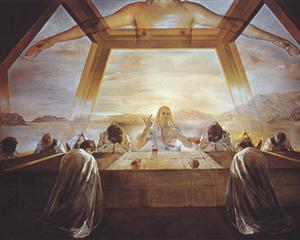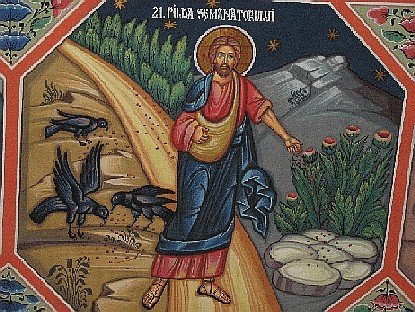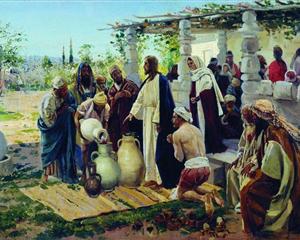Excerpt from Scott Hahn’s Hail, Holy Queen.
Scientists formulate and test various theories, some of which are proven with enough certitude to be renamed laws, for instance, Newton’s law of gravity; others are discarded as unworkable hypotheses. Thus, laws become the markers of scientific progress. Similarly, the definition of dogma serves as the mark of theological progress.
Dogma is the perfection of doctrine, and doctrine is nothing other than the Church’s teaching and preaching the gospel truth, as Jesus commissioned and empowered her to do. When the pope chooses to define a Marian dogma, he does much more than teach the world a valuable lesson in theology. He uses his God-given charism to fulfill his apostolic mission to preach the gospel to all nations (see Mt 28:18–20).
Throughout the history of the Church, the definition of dogmas has stimulated the apostolic and theological energies of some of her best minds, especially when a definition became the occasion of controversy. In the 1940s, many Protestants, including the late Max Thurian of Taizé, France, objected strenuously after hearing rumors that Pope Pius XII was about to define the dogma of Mary’s assumption. “Where is that in the Bible?” they asked, as they made dire predictions about the death of Catholic ecumenism.
Yet the definition of the assumption coincided with the dawn of a golden age of Catholic ecumenism. Now, almost fifty years later, the Catholic Church can be described as the engine of the ecumenical movement, when many of the institutions of the old guard have lost their steam.
And incidentally, Max Thurian died a Catholic priest on the feast of the Assumption in 1996 (146).



